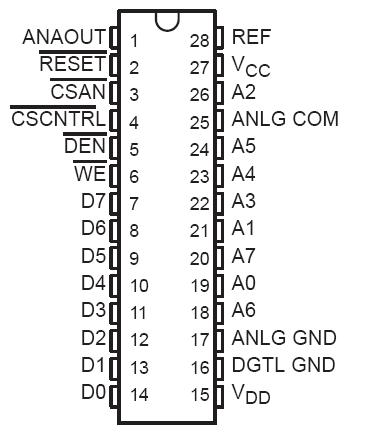TLC32071: Features: • Advanced LinCMOSE Technology• 8-Bit Analog-to-Digital Converter• 8-Bit Digital-to-Analog Converter• Monotonic Over Entire Analog-to-Digital and Digital-to-Analog ...
floor Price/Ceiling Price
- Part Number:
- TLC32071
- Supply Ability:
- 5000
Price Break
- Qty
- 1~5000
- Unit Price
- Negotiable
- Processing time
- 15 Days
SeekIC Buyer Protection PLUS - newly updated for 2013!
- Escrow Protection.
- Guaranteed refunds.
- Secure payments.
- Learn more >>
Month Sales
268 Transactions
Payment Methods
All payment methods are secure and covered by SeekIC Buyer Protection PLUS.

 TLC32071 Data Sheet
TLC32071 Data Sheet







